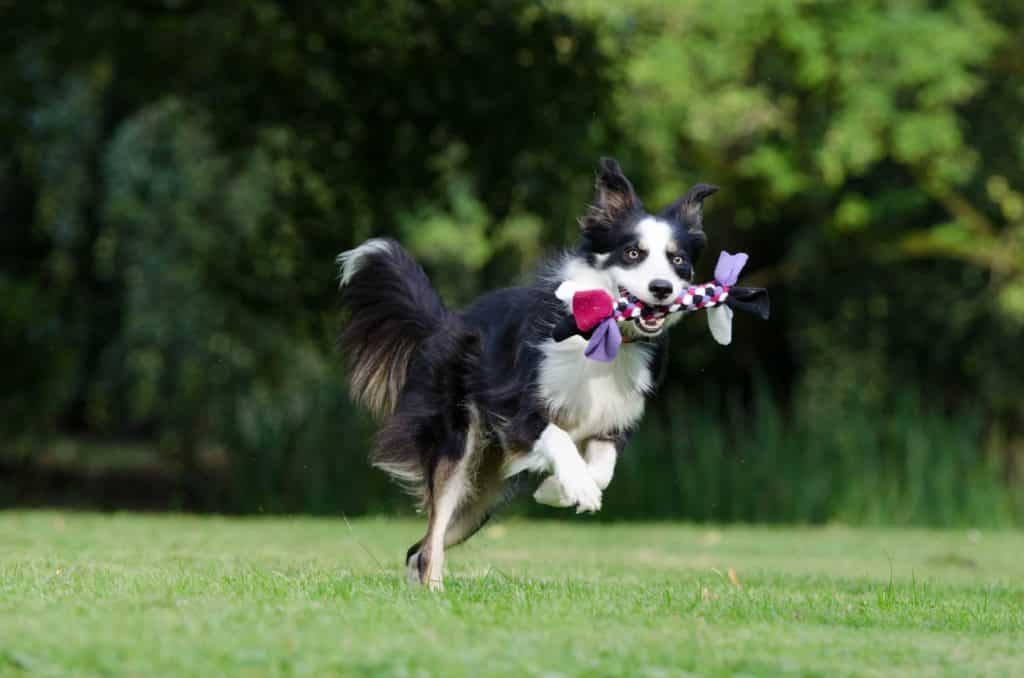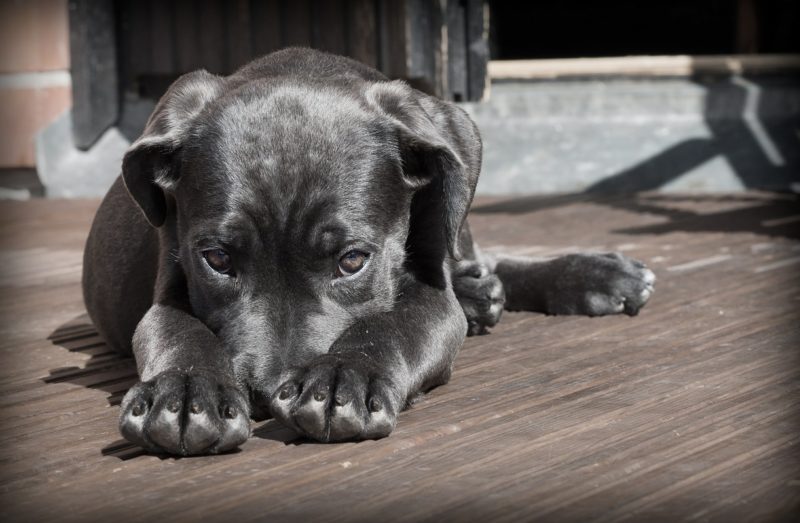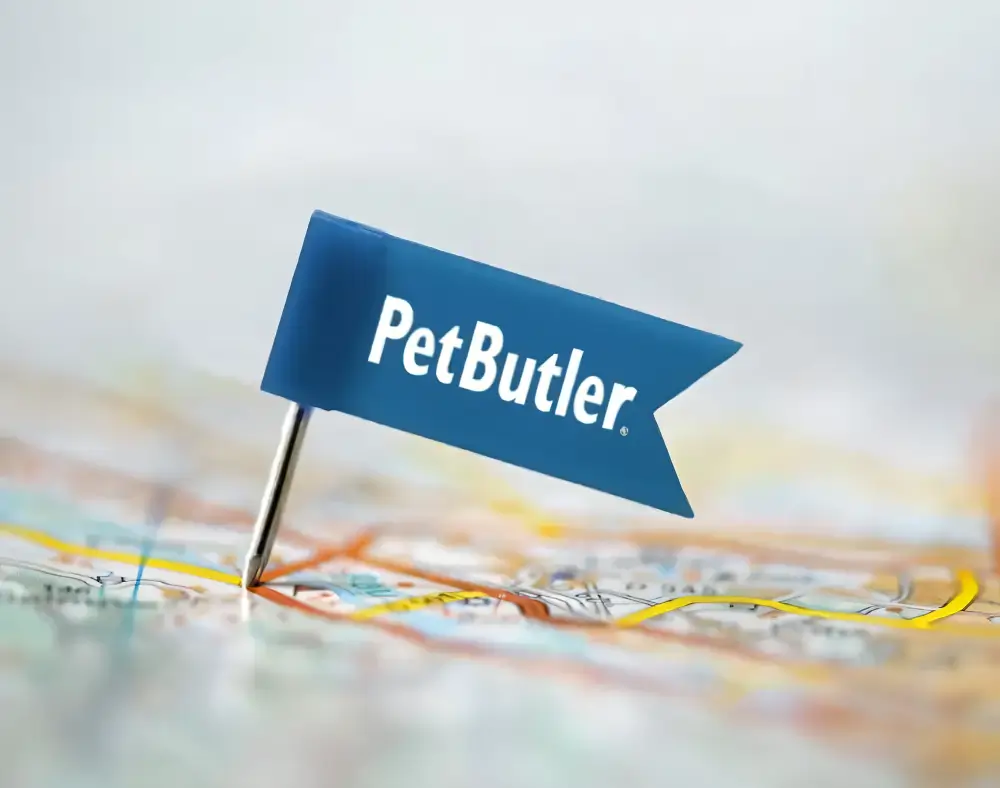Home-bound and with few distractions, demand for dogs has skyrocketed during the COVID-19 lock down, as families who once had obligations like school, sports, and full-time jobs, find themselves looking to adopt a furry friend. Among veterinarians, there is an overall sense of unease and concern that a wave of abandoned and maladjusted pooches will fill the shelters when restrictions are eased. “A dog is for life, not just for lock down,” is our new battle cry. Some rescues have instituted stricter screening measures for potential adopters, quizzing them on their ability to provide consistency, training, and cover the expense of raising a dog while emphasizing the huge and ongoing responsibility of pet ownership.
How the Stay-At-Home order effects a Pet’s Health
When consulted about adoption during the lock down, my main concerns are proper pet socialization, given restricted access to other people and dogs. Pets should still receive preventative care such as vaccinations, heartworm, flea, and tick medication. Some diseases pets can acquire such as rabies and leptospirosis are zoonotic, or transmissible to humans. We need to do everything in our power to maintain the good health of our animal and human family members. Finally, we need to prepare our pets for eventual return to normalcy and prevent separation anxiety, the fear and distress that occurs in dogs when their guardians leave.
What is Separation Anxiety?
- Separation anxiety is manifested as drooling, panting, barking, urinating, defecating, pacing, and destructive behaviors such as chewing on furniture either in anticipation of their owners leaving or shortly after their departure.
- The loss of their primary caregiver, a change in routine, or change in residence can trigger separation anxiety.
- Once developed in a pet, separation anxiety can be difficult to resolve and involves weeks to months of dedicated re-training, positive reinforcement, desensitization, and sometimes anti-anxiety medication if all other medical problems have been ruled out.
Preventing Pet Separation Anxiety
The best thing to do is prevent separation anxiety in the first place. While we shelter in place, this can be difficult, but not impossible, to achieve.
Safe Space Set Up – First, establish a safe place for your pet to stay in your absence. This should be your pet’s version of Disney World or the “Happiest Place on Earth”. Special toys, a Kong filled and frozen with peanut butter or cottage cheese, or a treat puzzle should be offered in your dog’s crate or when secure behind a baby gate.
Practicing Alone Time – Practice leaving your pet alone in their happy place for variable amounts of time, but never long enough that they start to exhibit anxious behaviors. Remember, we want the activity that the dog fears (packing a suitcase, jangling of car keys, back door closing, you leaving) to become associated with something positive or at least neutral.
Mix Up The Routine – If every time you leave it’s for an 8-hour work day, it’s no wonder your dog becomes anxious every time the car starts! The key is to mix up your routines and departure cues.
- Make leaving and arriving home boring and unpredictable.
- Put on your coat and shoes, then sit on the couch.
- Pick up your keys, go out the back door instead of the front door, and just stand outside for five seconds before coming inside.
- Once returning, ignore your pet or ask for a sit-stay until they are calm; don’t reinforce overly excitable, exuberant behavior with attention.
- Work from a different room in the house without your pet present for variable stretches of time.
- Don’t rush through the desensitization phase of training.
- Be alert for signs of anxiety in your pet, either before you leave or on a video monitor.
- Pacing, whining, yawning, trembling, and licking the lips are often the first signs of distress and you must take a step back in your training.
- Wait until your pet is relaxed and not excitable before running another practice drill.
Exercise – Make sure your dog has enough physical and mental energy expended before you leave. A tired dog is usually a happy dog and an empty stomach makes the Kong toy that much more enjoyable! Over time, you can work your way up to a walk around the block or a short car ride without your pet. Remember to mix in shorter absences with the longer ones. Teaching a dog to enjoy time alone and independence is a marathon, not a sprint.

Socialize With The Whole Family – It’s also important to have your dog spend time with other family members, friends, and get comfortable in a dog daycare situation should you need to board your pet. Have others in the home walk and feed the dog as well as participate in training and grooming sessions to establish other bonds. You can do video chats with friends and provide treats when they hear a new voice. If possible, visit a boarding facility several times with your dog for positive meet and greets.
You can also employ the services of a trusted pet sitter like Pet Butler to break up your absences. Your dog may look forward to his crate if he knows another happy, engaged dog-lover is just a few hours away!

